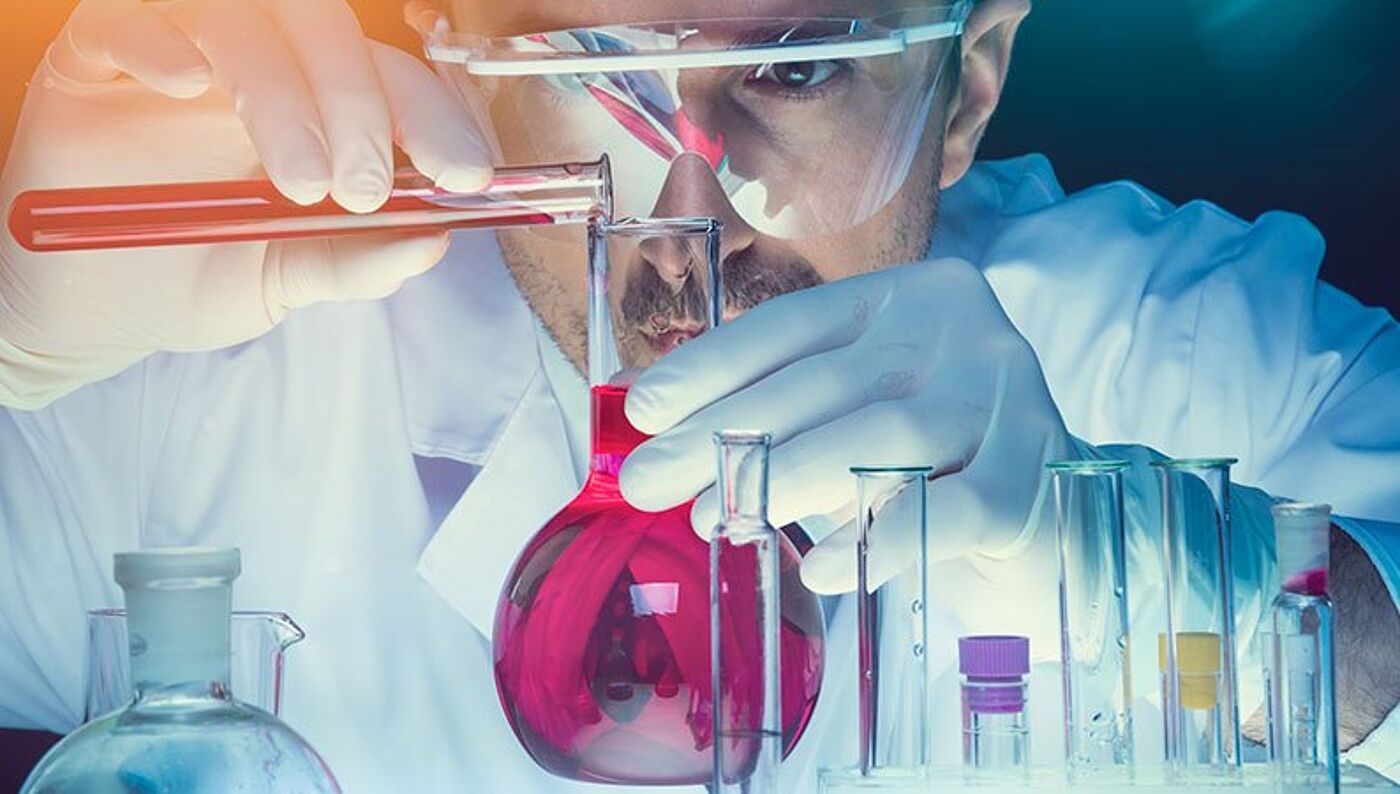
Supplementary Protection Certificates - Article 3(a) and the invention
The Supplementary Protection Certificate (SPC) Regulation was initiated to compensate companies that were developing new pharmaceutical compounds by giving them a chance to amortize the investments spent on these developments.
Since the procedures for obtaining a marketing authorization (MA) often take several years, in many cases the duration of the patent is not sufficient to amortize these investments. SPCs can extend the duration of such patents.
Article 3(a) – Product protected by the basic patent
As one of the preconditions for granting an SPC, Article 3(a) of the regulation (ArtM 3( a)) defines that an SPC can only be granted if the product is protected by a basic patent in force. Several subsequent decisions tried to capture the term "protected by a basic patent" in more detail. What are the criteria for the definition of the product in the basic patent? Is it necessary for the product to be mentioned literally? Is, for example, the use of a general Markush-formula admissible?
Medeva (C-322/10) – Requirements for combination products
In the present case, a first group of compounds was mentioned literally, whereas a further compound was only mentioned in the MA. The SPC was applied for not only the combination of the group of compounds but also to the further compound mentioned in the MA. The SPCs were not granted because not all compounds were mentioned in the claims of the basic patent.
Regarding this situation, in its Medeva (C-322/10) and Daiichi Sankyo (C-6/11) rulings, the European Court of Justice (ECJ) stated that the product must be identified or specified in the claims. However, what do the terms "specified" or "identified" mean in practice?
Eli Lilly (C-493/12) – Reach-through-claims admissible?
In its Eli Lilly (C-493/12) decision, the ECJ had to resolve a case in which the applicant of the basic patent claimed the subject matter of the patent by way of reach-through claims, claiming an antibody characterized by its binding to a full-length Neutrokine-α polypeptide. A competitor developed an antibody, realizing the definition of the claims, and gained an MA for this antibody. Then, the patentee obtained an SPC based on their patent and the MA of the competitor.
The ECJ took the view that the requirements of ArtM 3(a) are fulfilled if the claims relate, "implicitly but necessarily and specifically, to the active ingredient in question, which is a matter to be determined by the referring court." Given this ambiguity, it is not surprising that several courts have subsequently asked what is actually necessary for a product to be protected by the basic patent in view of ArtM 3(a).
Actavis (C-443/12) – Second compound not mentioned literally
In its Actavis (C-443/12) decision, the ECJ had to decide a case in which the basic patent claimed the compound irbesartan, a generic drug used to treat high blood pressure, and, in another claim, a pharmaceutical product which included the combination of irbesartan and a diuretic medication. A first SPC was granted, based on this patent and an MA for irbesartan, whereas a second SPC was granted, based on the same patent but another MA for irbesartan in combination with hydrochlorothiazide.

The ECJ took the view that, in such a case, the second SPC could not be granted. It argued that the combination of irbesartan and hydrochlorothiazide was not a separate invention, but rather gained its inventive advantage only by the new and innovative compound irbesartan. Thus, solely irbesartan represented the core inventive advance of the patent. Only if the combination also represented a separate invention, protected by a different patent, the grant of the second SPC would have been admissible.
Teva (C-121/17) – Second compound not mentioned literally
In the following Teva (C-121/17) decision, the ECJ had to decide a case in which the basic patent claimed "a pharmaceutical composition comprising tenofovir disoproxil together with a pharmaceutically acceptable carrier and optionally other therapeutic ingredients." The applicant obtained an SPC for the combination of tenofovir disoproxil and emtricitabine. Emtricitabine was not mentioned in the patent.
The ECJ decided that a product composed of several active ingredients, with a combined effect, is "protected by a basic patent in force" within the meaning of that provision, even if the combination of active ingredients is not expressly mentioned in the claims of the basic patent, as long as these claims relate necessarily and specifically to that combination. To fulfill the requirements of the regulation, the combination of those active ingredients must necessarily, in the light of the description and drawings of that patent, fall under the invention covered by that patent. Moreover, each of those active ingredients must be specifically identifiable, in the light of all the information disclosed by the patent.
Finally, the person skilled in the art must be able to identify that product specifically in light of all the information disclosed by that patent, on the basis of the prior art at the filing date or priority date of the patent concerned.
QH (C-650/17) - pending
This referral of the Federal Patent Court deals in particular with the question of whether a substance meets the requirements of ArtM 3(a) even if it falls under the teaching of the claims but was developed after the filing date.
Sandoz (C-114/18) - pending
This referral of the UK High Court concerns, in particular, the question whether it is already sufficient to fulfill the requirements of ArtM 3(a) if a compound falls under the teaching of a Markush formula, or whether the skilled person must be able to deduce the means for producing this compound from the reading of the claims on the filing date.
Outlook and perspectives for the future
On the one hand, many experts waiting for a definitive instruction on how to assess the wording of the basic patent claim that they were left disappointed. The ambiguous and open definitions of the ECJ left a lot of space for interpretations. On the other hand, by using such vague language like "implicitly but necessarily and specifically," the ECJ provides the national courts more liberties to consider national features of the respective judicial practice.
In any case, the arena of SPCs remains one of the most sophisticated and fascinating issues in the field of Intellectual Property, with one of the highest financial values.
The article was first published in the brochure for the 4th international conference “Protection of Intellectual Property Rights” organized by Business Way Forum between October 17 and 18, 2019, in Moscow.
Filed in

What is a cease and desist letter, and when is it used? Learn the basics of this common first and potentially last step of an IP dispute.



